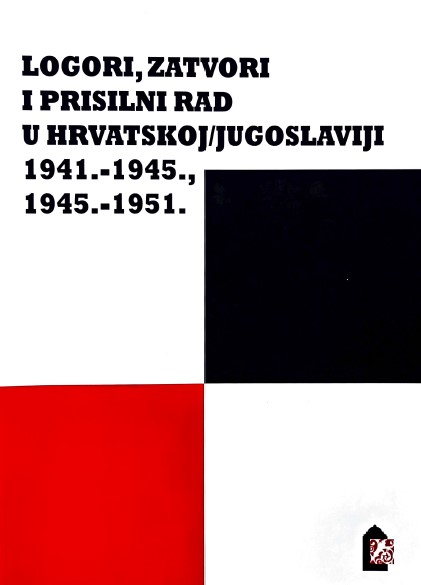
Policing Migrants in Transit and Upon Arrival: The Bordering Tactic of Integration in Austria and Germany
Since 2015, over a million refugees have crossed into Europe. While small in comparison to other places, this number has had a tremendous impact on the policies governing Europe’s borders. This attention is in part owing to the growing nationalistic sentiments in Europe and anti-immigrant rhetoric. This piece is a critical look at the consequences of a shared asylum policy for refugees in Europe. Although asylum policy is widely reported to be rooted in humanitarian ideals, I argue that EU asylum policies expand systems of incarceration through heightened surveillance, detention and physical barriers to accessing asylum. In part one of this article, I look at how integration processes purposefully restrict asylum seekers to the periphery of the state. I then explicitly look at the resources available to asylum seekers and how lack of access to the labor market keeps asylum seekers to the margins of society. In part three I argue that this liminality is a tool used to facilitate the smooth deportation of unworthy asylum claimants. Using the case of integration in Austria and Germany, I explore how asylum seekers are kept to the margins, why they are marginalized and the larger implications of this marginalization in relation to the carceral state.
More...








